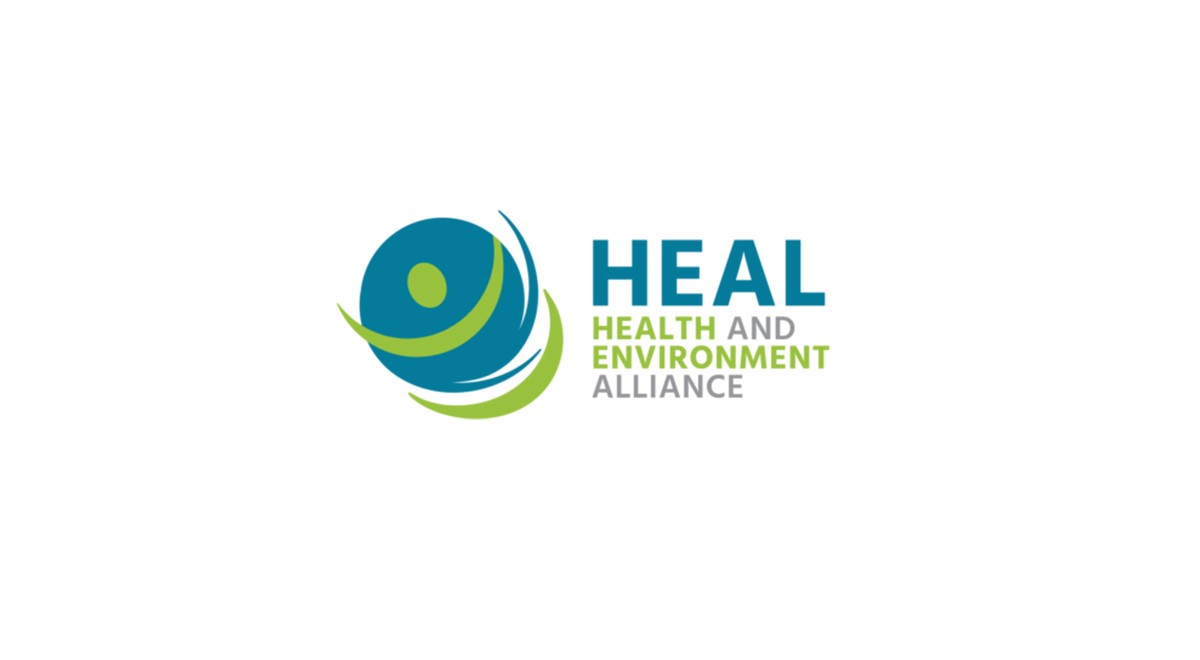The Green 10 coalition, which HEAL is a part of, encourages the President of the European Parliament Roberta Metsola upon her re-election to put the climate, biodiversity and pollution emergency at the forefront of her tenure.
Europe’s most polluting power plants, including many large coal-fired power stations, will be forced to clean up or close down thanks to new EU rules adopted today. The revised standards demand reductions in toxic emissions, yet businesses and governments appear unprepared.
EU-wide compliance with the new rules could cost as much as €15.4bn, and 82% of coal capacity expected to be online in 2021 is currently failing to meet the minimum standards. With coal already in dramatic decline, the uncertainty created by stricter limits on pollution leaves closure as the only logical end for coal plants[1].
The new standards[2] include tighter rules for emissions of nitrous oxides (NOx), sulphur dioxide (SO2) and tiny pieces of harmful dust known as ‘particulate matter’ (PM). These toxic substances are linked to a host of health and environmental issues including the development of asthma in children and polluting of Europe’s air and water.
132 cities in 23 countries are breaching EU laws on air quality[3]. Worsening urban air pollution has been described as a ‘public health crisis’ and has led to growing demands from communities for urgent action. Ensuring large power plants use the best available techniques to reduce pollution will lead to significant reductions in emissions and have a positive effect on air quality across Europe, including in cities.
The new rules were adopted despite the opposition of major coal-addicted economies. At the time of the vote in April, Germany was heavily criticised by health, environmental and climate groups for joining a ‘toxic bloc’ of eastern European countries in opposing the new limits[4].
Today’s move provides a safety net of minimum expectations for Europe’s worst polluters, but more importantly it signals that the end for coal in Europe is looming. EU governments now have a maximum of four years to adapt their energy systems to the new limits and ensure workers and communities facing an uncertain economic future are empowered to transition to new livelihoods.
Julia Gogolewska, Senior Policy Officer at the Health and Environment Alliance (HEAL):
“Thousands of premature deaths from coal pollution can be avoided if these rules are applied, but while they hasten the inevitable, phasing out coal entirely is the only way to maximise the lives saved from air pollution and climate impacts.”
Prof Barbara Hoffmann, incoming Chair of the Environment and Health Committee of the European Respiratory Society:
“Introducing and fully enforcing Best Available Techniques standards through the EU’s Industrial Emissions Directive offers a clear means of protecting our health and reducing the level of harmful pollutants and gases in the atmosphere. Applying these standards will also contribute to reducing greenhouse gas emissions responsible for climate change.”
Christian Schaible, EEB Industrial Production Manager and a member of the Technical Working Group that helped to draft the revised standards:
“These new requirements will help speed up the energy transition, but not all plants will have the will, the financing, or even the access to the equipment needed to reduce pollution levels. Investments in plants that are already essentially on life support in order to meet climate commitments simply doesn’t make sense. Plants that commit to close could, under strict conditions and in exchange for reduced operation, be granted exceptions in the short-term, but Europe will have to have phased out coal completely by 2030.”




